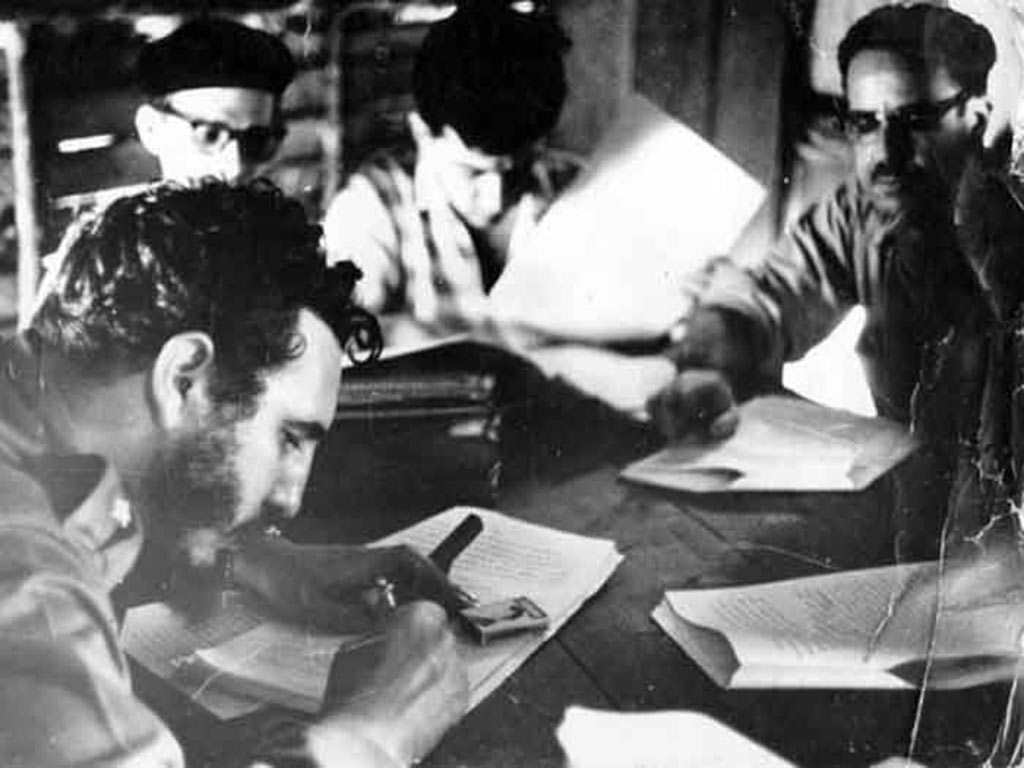The signing of that document by Fidel Castro at La Plata Rebel Army general command in the Sierra Maestra mountains range, in eastern Cuba, on May 17, 1959, radically changed the ownership of land in the country, giving it to thousands of peasants who had been working for years, for the benefit of a group of large landowners.
Such a law, signed a few months after the triumph of the Cuban Revolution, allowed large estates´ belongings to local landowners to be delivered to rural workers who have received other benefits denied until then, such as access to healthcare, education, and housing.
The Agrarian Reform and a series of measures taken by the new Cuban government marked the beginning of the country’s economic recovery, which plunged into rural precariousness due to the obsolete production systems.
The date also recalls the assassination of peasant leader Niceto Pérez on May 17, 1946, in the hands of landowners in Guantánamo´s mountain region, some 950 kilometers from Havana.
In that historical context and due to the organization’s results in the Cuban countryside, the National Association of Small Farmers (ANAP) was founded on a similar date in 1961.
President Miguel Díaz-Canel recognized the role of that agricultural force in satisfying the population’s needs and reducing dependence on foreign markets through the proper use of their lands.
jrr/iff/oda/lld









